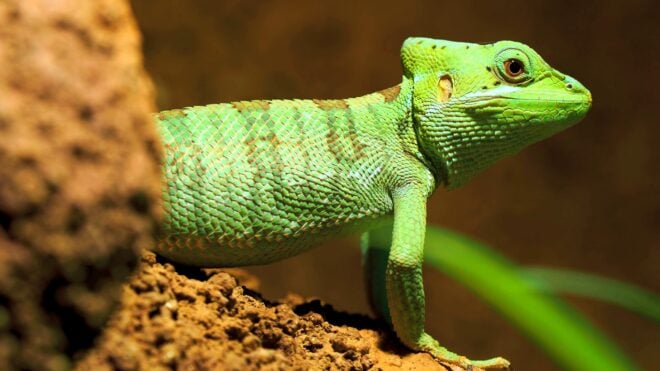Seeing a bug inside is always a little bit of an unnerving experience. What you do next depends on whether you are afraid of bugs, and also how much you know about them, for that matter.
Not all bugs should be killed. In fact, it could be argued that none should. For instance, you should resist the urge to squish a centipede because they actually help with pest control around the house.
However, as someone who killed a cockroach yesterday, I am a firm believer in selective extermination.
There are plenty of ways to kill a bug: the paper towel method, the shoe approach, or my roommate's favorite, finding someone else to do it for you.
With all of that said, there are lots of bugs beside centipedes that you shouldn't automatically kill.
Earwigs are in the class of bugs you should let live to see another day. Like many bugs, they may look nasty, but looks can be deceiving.
What Is An Earwig?
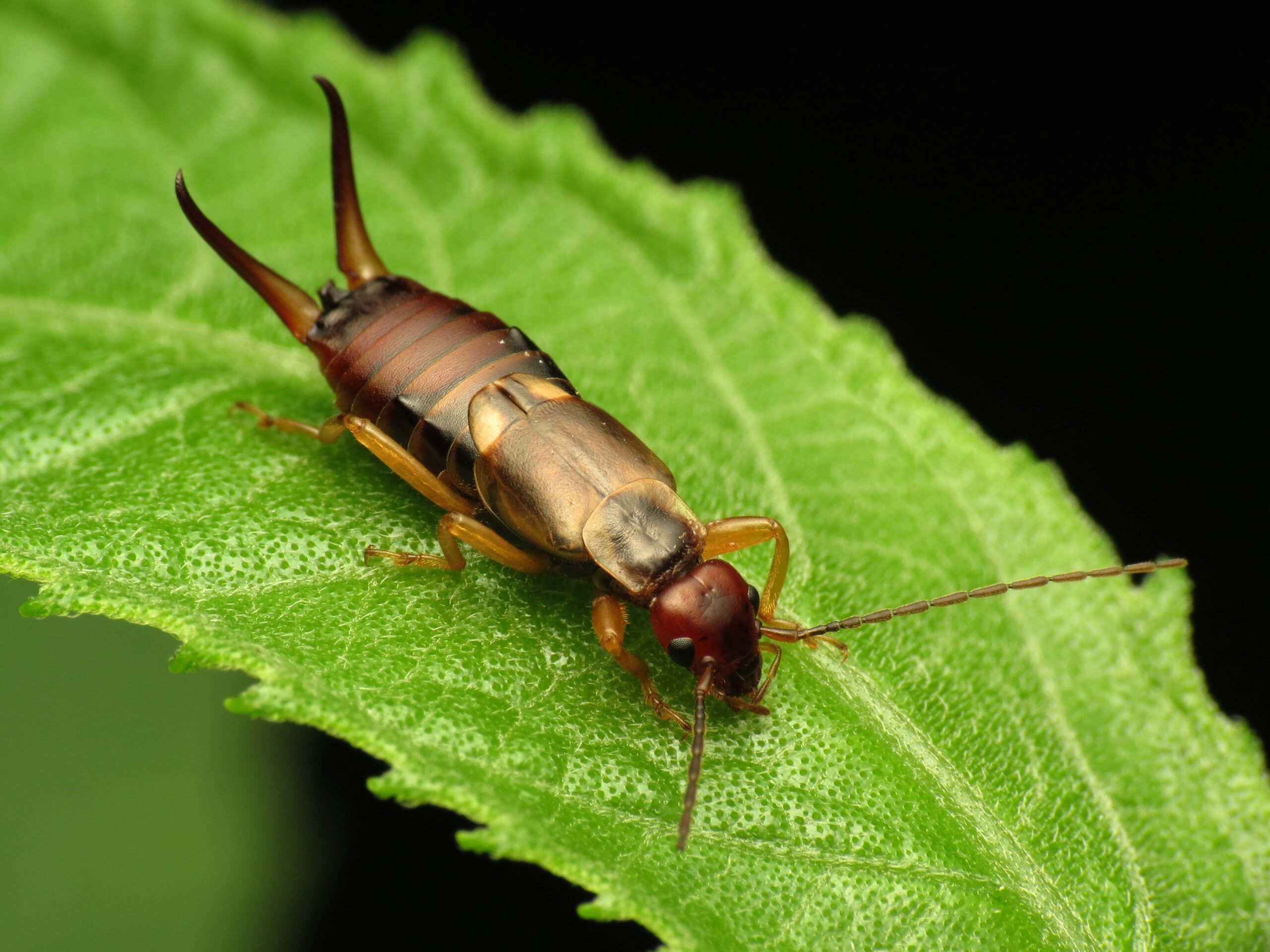
The earwig's name comes from an Anglo-Saxon word that means "ear wiggler," according to Creature Control.
Rumors that these insects will crawl into your ears while you're sleeping do not have any scientific basis. However, those tall tales probably contributed to most people's urge to kill them.
Their pincers don't help them look friendly either. However, Orkin assures us that they are purely for defense, and that the bugs are not poisonous and don't spread disease.
They Eat Plant Matter That's Already Dead
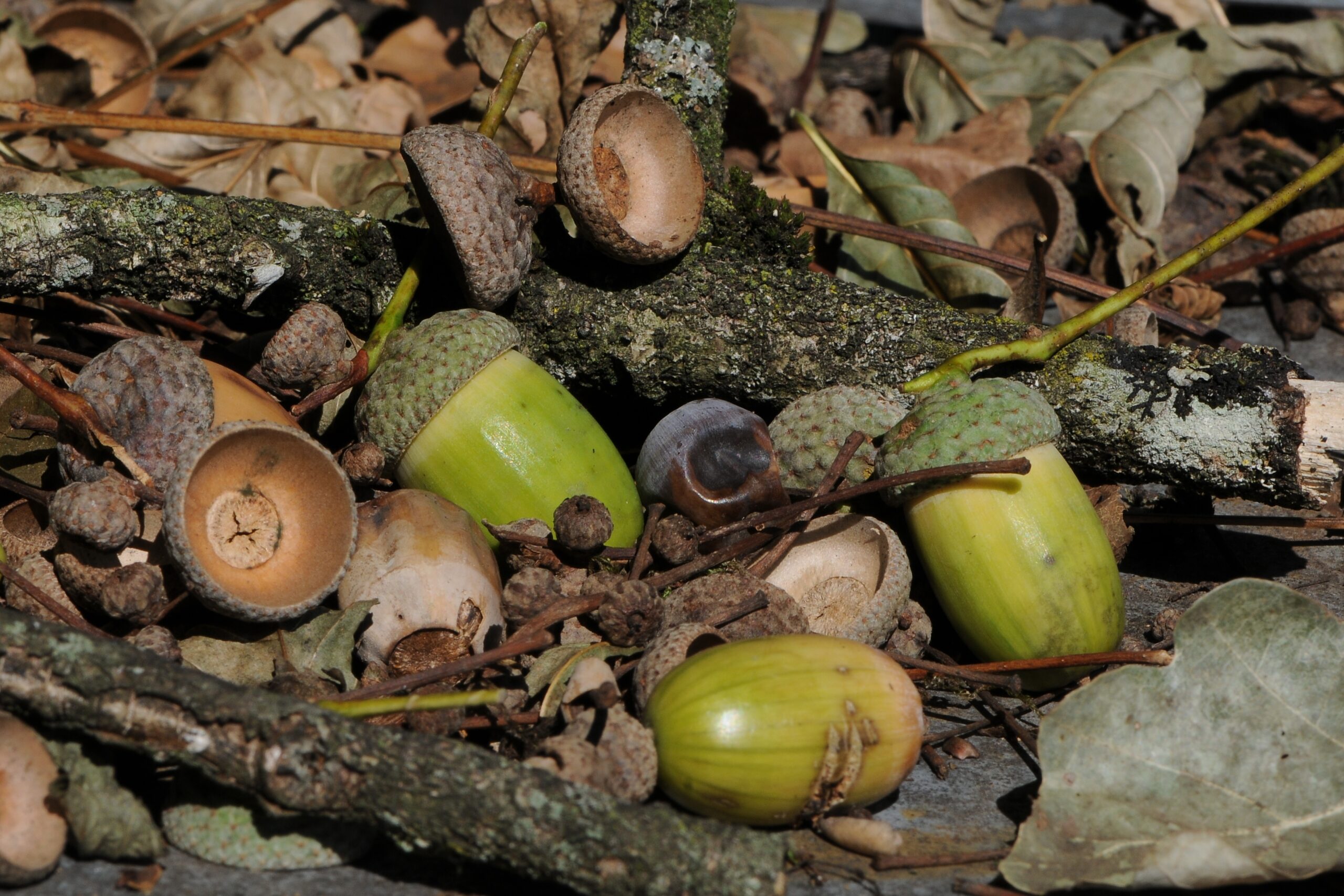
Sometimes people don't like certain bugs because they pose a threat to their garden or plants.
However, Orkin explains that earwigs prefer to eat plant matter that is already dead. For this reason, they might actually be doing you a favor by cutting down on decaying vegetation.
They Eat Insects That Are Already Dead
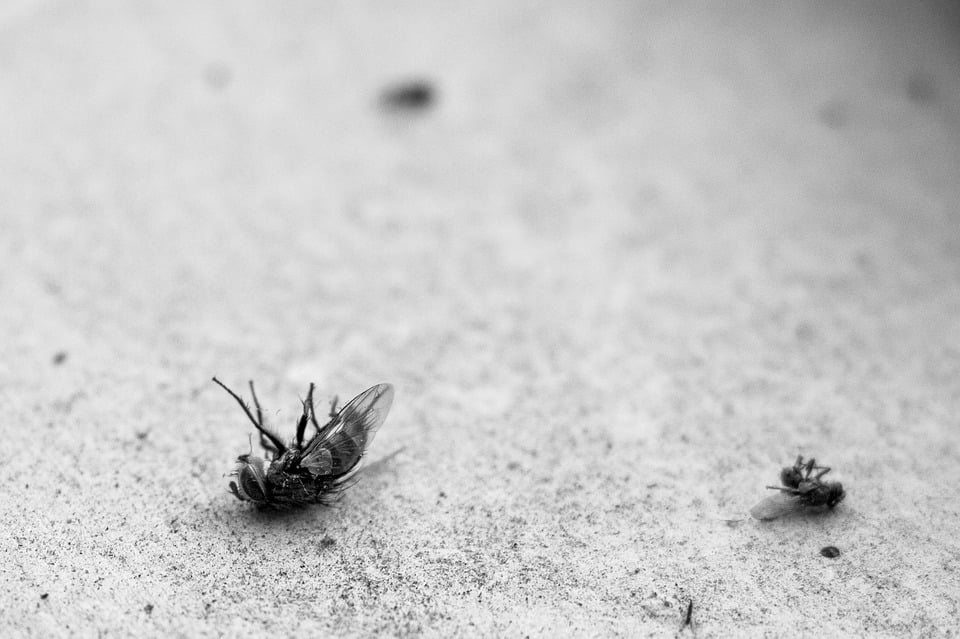
Another favorite snack for earwigs are bugs that are also already dead.
It's understandable that you'd probably prefer not to have an earwig crawling around your house, but you can take some comfort in the fact that they are probably providing a necessary cleanup service.
Take Them To Your Garden Instead

Instead of killing these little guys, you should try just taking them to your garden.
This is their natural habitat, and unlike some bugs, they tend not to make a mess of your thriving plants.
Better yet, snails, slugs, and larvae that do eat your plants are on the menu for earwigs, according to The Spruce.
They Get Inside Through Cracks In Doors, Windows, And Screens
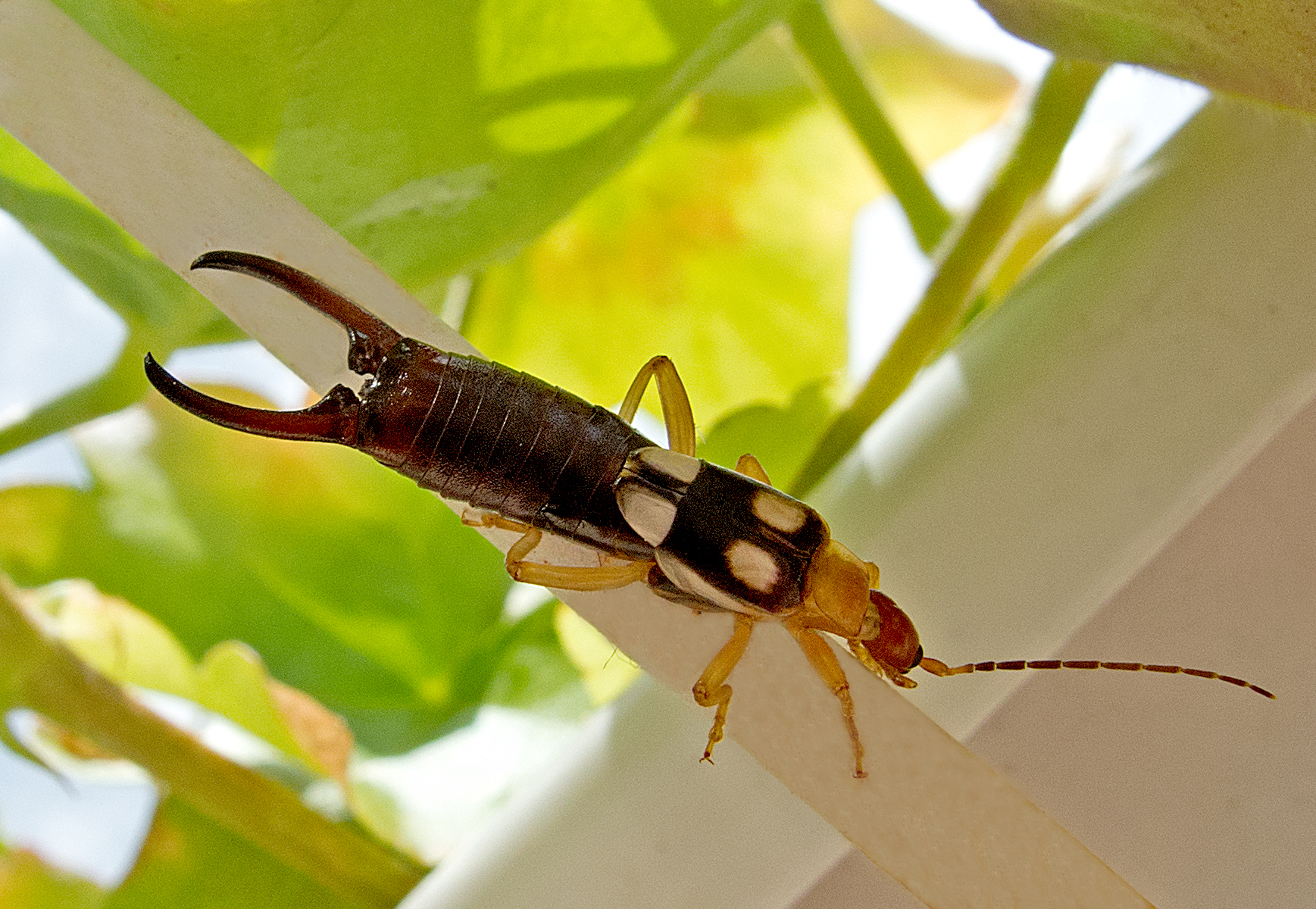
Like most bugs, earwigs can get into your house by any means possible.
Orkin says that they will often do this to escape inclement weather.
If you're having an earwig problem, make sure that your doors, windows, and screens are properly sealed. This way, you won't have to bother removing them in the first place.
They Might Accidentally Travel Inside Items You Bring In From Outside

Another way that Orkin reports earwigs gaining access to your home is through human activity.
Earwigs like to hide in places like newspaper rolls, wood piles, boxes, and books. You should probably give these types of thing a good shake before bringing them inside with a stowaway.
They Are Also Attracted To Light
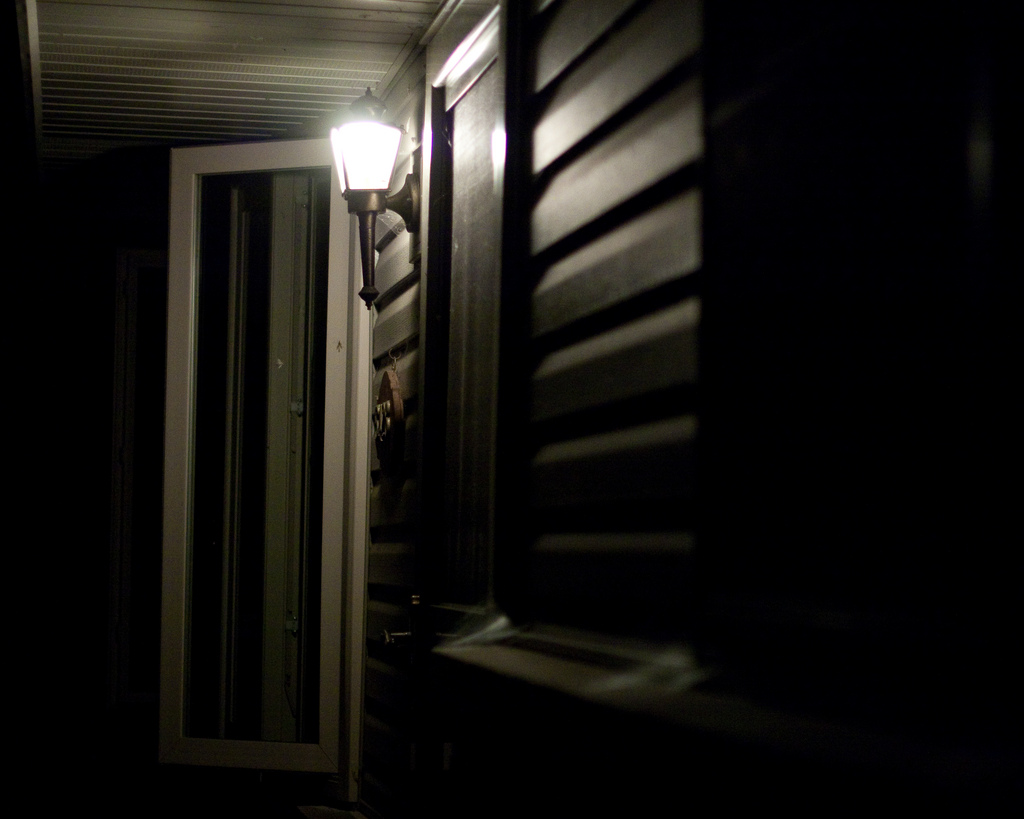
Sometimes earwigs can be a problem on porches or outdoor living space. It isn't the human activity that is attracting them —rather, it's the light. Like moths, earwigs are attracted to flame, even if it's artificial.
If you're not outside, you should probably turn your outdoor lighting off anyway. Dimming the lights will also help you avoid inviting unwanted guests.
Did you know the real story behind these "pests"?
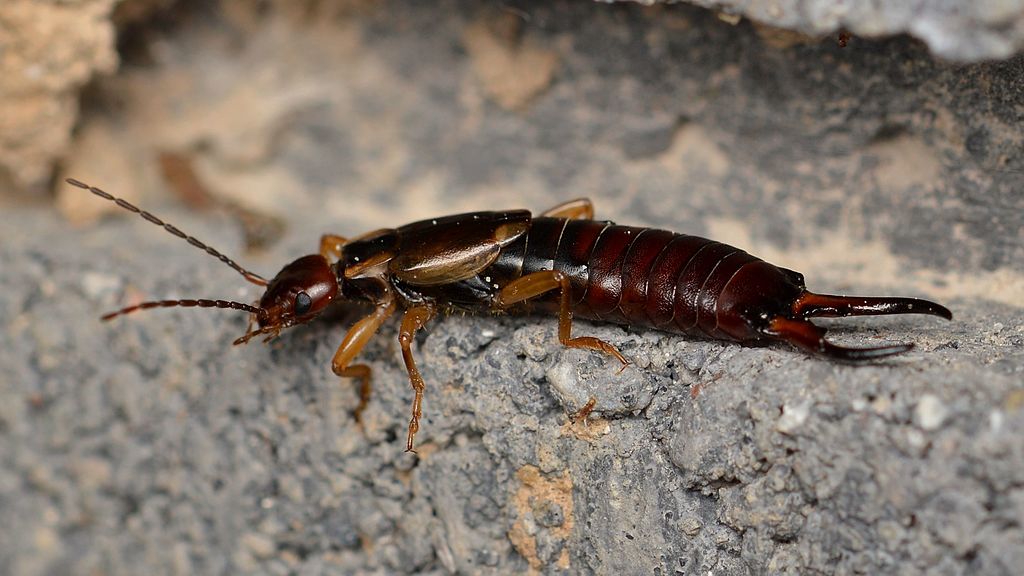
Make sure to SHARE this information with your friends on Facebook!



